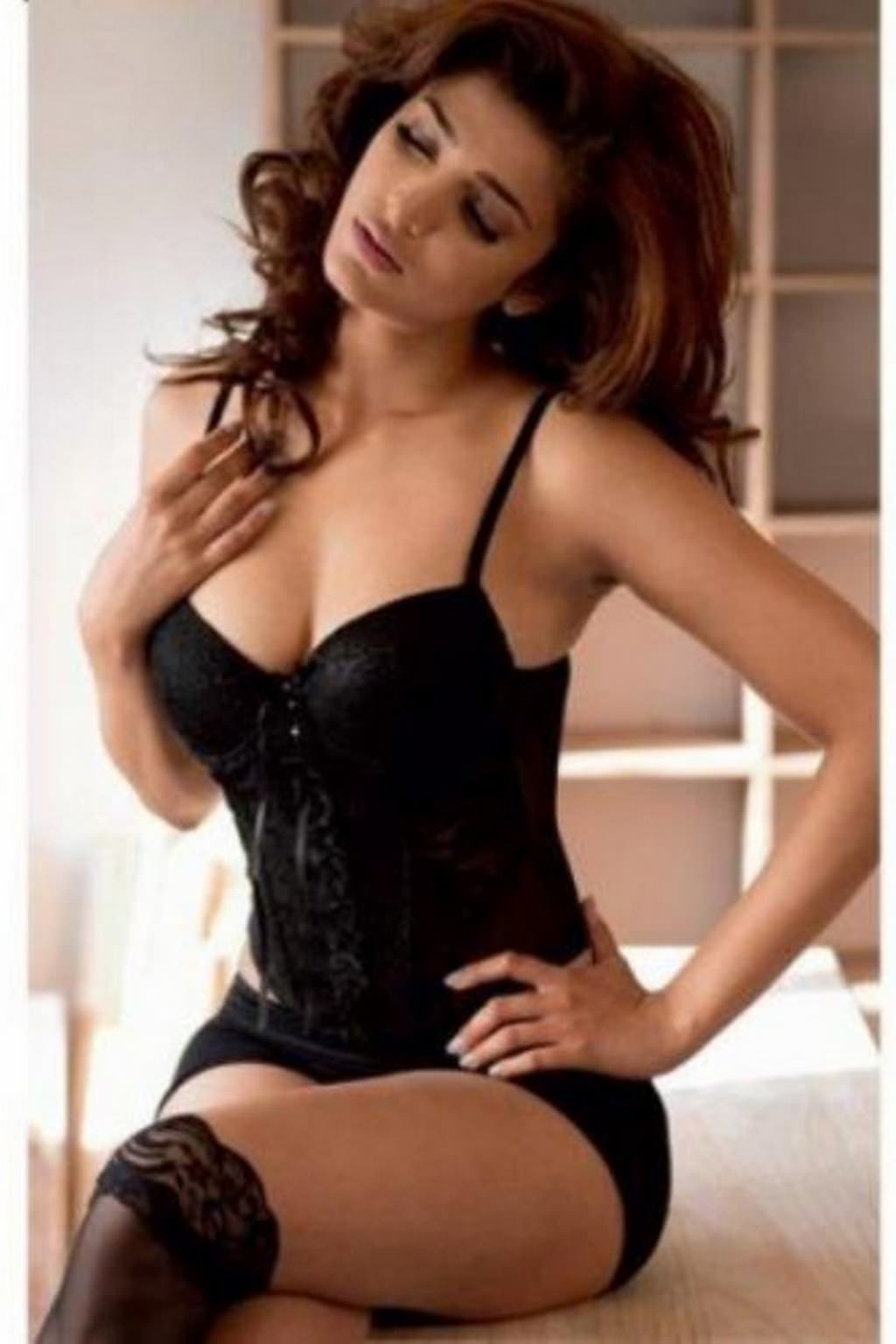In a world where art often serves as a reflection of our inner selves, the concept of "deephot" emerges as a profound exploration of emotions and visual storytelling. This unique term encapsulates a deep dive into the artistic process, revealing layers of meaning that resonate with viewers on multiple levels. Through its captivating use of color, texture, and form, deephot invites us to look beyond the surface and engage with the emotional depth of the artwork.
As we navigate the realm of deephot, we uncover a transformative experience that transcends traditional art forms. Artists who embody this philosophy utilize their craft to provoke thought, evoke feelings, and challenge perceptions. The essence of deephot lies in its ability to connect with audiences, allowing them to resonate with the artwork on a personal level and create their interpretations. By delving into the depths of creativity, deephot encourages us to embrace the complexities of life and art.
In this article, we will explore the various dimensions of deephot, examining its significance in contemporary art, its impact on emotional expression, and the artists who exemplify this philosophy. With each layer we uncover, we will gain a deeper understanding of how deephot shapes our perception of art and the world around us. Join us as we embark on this enlightening journey into the heart of deephot.
What is the Origin of Deephot?
The term "deephot" may seem modern, but its roots can be traced back to various art movements that sought to delve deeper into human emotions. Artists throughout history have experimented with techniques to evoke feelings and provoke thought, laying the groundwork for what we now recognize as deephot. The emphasis on emotional depth and connection can be seen in the works of renowned artists such as Vincent van Gogh, Edvard Munch, and more contemporary figures who embrace the philosophy of challenging viewers to look beyond the superficial.
How Does Deephot Influence Contemporary Artists?
Contemporary artists who adopt the deephot philosophy often employ mixed media, abstract forms, and unconventional techniques to create works that resonate with today's audience. By embracing vulnerability and authenticity, they invite viewers to connect with their art on a deeper emotional level. This movement encourages artists to explore their own experiences and feelings, resulting in unique expressions that challenge the norms of traditional art. Some ways in which deephot influences contemporary artists include:
- Utilization of bold colors and textures that evoke strong emotions.
- Incorporation of personal narratives that resonate with audiences.
- Exploration of abstract forms that encourage individual interpretations.
What Role Does Emotion Play in Deephot?
At the core of deephot lies the exploration of emotion. Artists who embrace this philosophy understand that art has the power to evoke feelings that transcend language. Through their work, they invite viewers to confront their emotions, whether that be joy, sorrow, nostalgia, or introspection. By allowing emotions to guide the artistic process, deephot becomes a vehicle for healing, understanding, and connection. This emotional depth not only enhances the viewing experience but also fosters a sense of community among those who engage with the art.
Who are the Pioneers of Deephot in Art?
Several artists stand out as pioneers of deephot, each contributing their unique perspective to the movement. These individuals have dedicated their careers to exploring the emotional landscape of art and pushing the boundaries of traditional forms. Notable figures in the deephot movement include:
- Yayoi Kusama - Known for her immersive installations and polka dot patterns that reflect her own struggles with mental health.
- Frida Kahlo - Her self-portraits delve into her pain and identity, creating a profound connection with her audience.
- Mark Rothko - Famous for his color field paintings that evoke deep emotional responses through simplicity and color.
How Can One Experience Deephot?
Experiencing deephot is a personal journey that involves engaging with art in a way that resonates with your own emotions and experiences. Here are some steps to immerse yourself in the world of deephot:
- Visit galleries or exhibitions that focus on contemporary art and emotional expression.
- Take time to reflect on your feelings while observing the artwork.
- Engage in discussions with others about their interpretations and emotional responses.
What Impact Does Deephot Have on Society?
The impact of deephot extends beyond the realm of art; it influences society as a whole by fostering empathy and understanding. By encouraging individuals to confront their emotions and share their experiences, deephot promotes a culture of vulnerability and connection. This can lead to greater awareness of mental health issues, social justice, and the importance of emotional well-being. The art created under the deephot philosophy serves as a mirror, reflecting the complexities of the human experience and encouraging dialogue and healing within communities.
What is the Future of Deephot in Art?
As we look to the future, the concept of deephot is likely to evolve and adapt to the changing landscape of art and society. With the rise of technology and new mediums, artists will continue to explore innovative ways to express emotion and connect with audiences. The integration of virtual reality, augmented reality, and interactive installations may provide new dimensions to the deephot experience, allowing for deeper engagement and exploration. As artists continue to push boundaries, the essence of deephot will remain a vital force in shaping the future of artistic expression.
Conclusion: Embracing the Depths of Deephot
In conclusion, deephot represents a profound exploration of art and emotion that invites us to engage with our feelings and experiences on a deeper level. By embracing vulnerability and authenticity in the artistic process, artists who embody the philosophy of deephot create works that resonate with audiences and foster connection. As we continue to explore the depths of this movement, we gain a greater appreciation for the transformative power of art and its ability to evoke emotions that inspire, heal, and unite.



